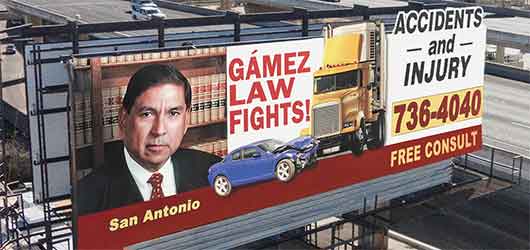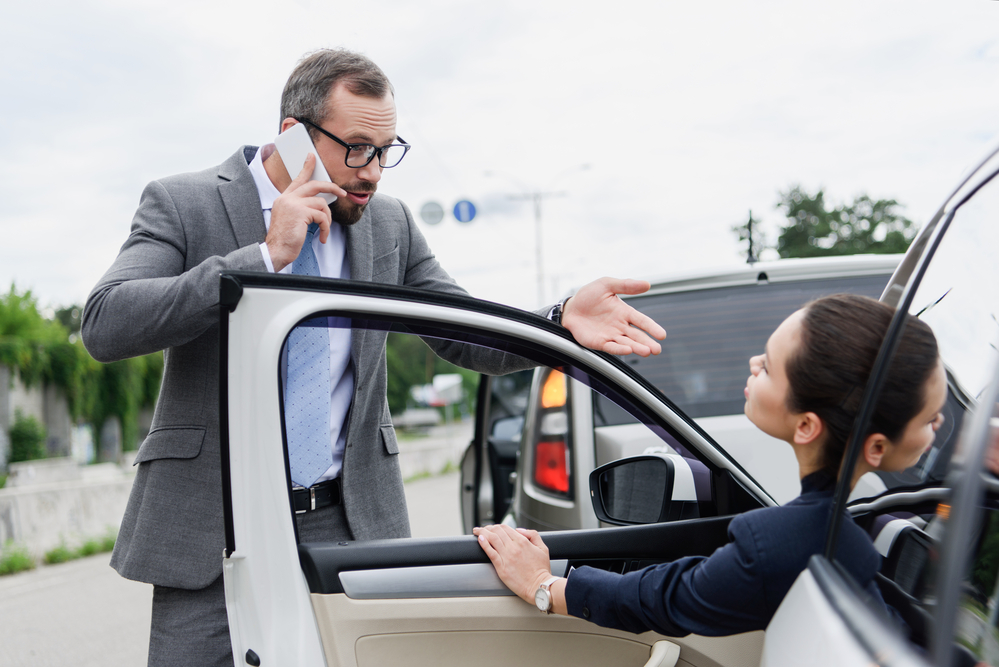Sorting out liability after a car accident can be difficult, especially if more than one driver is at fault. If you were partially responsible for an accident that just happened, you are probably wondering if you qualify for compensation. The short answer is that you can collect damages as long as the other driver contributed more heavily to the crash. The best personal injury attorneys in San Antonio can help you demonstrate that your driving errors were relatively less serious.
What Happens When Multiple Drivers Cause an Accident?
In Texas, the driver who causes an accident is responsible for covering the damages. Typical damages include medical expenses, lost wages, pain and suffering, and emotional distress. While many accidents can be wholly attributed to one individual, some cases involve multiple at-fault parties. For example, if a driver who was speeding hits another driver who was texting, they might both be found responsible for causing the accident. Accidents that involve multiple at-fault parties are considered “comparative fault” cases.
Who Pays for the Damages in a Comparative Fault Case?
In a comparative fault case, the driver who is assigned the higher percentage of blame can be required to pay for the other driver’s damages. A driver who incurs an accident-related liability can usually use their insurance to cover the losses, but uninsured individuals are required to pay out-of-pocket.
How Do Courts Determine the Amount of Compensation You Can Receive?
To determine the size of your payout, the court will first calculate how much your damages are worth. Let’s say your medical bills, lost wages, and noneconomic losses total $10,000. If the other driver were 100% at fault, you would receive a payout equal to the value of your losses.
However, in a comparative fault case, the court will reduce your payout by a percentage that is equal to your share of the blame. So, if you were 40% responsible in the scenario given above, your payout would come to $6,000.
How to Maximize Your Compensation When You Are Partially at Fault
The more you can minimize the percentage of fault you are assigned, the more compensation you will be awarded. It is important to be aware that while you are getting ready for a legal battle against the other driver, they might be preparing just as hard to go up against you.
The best way to build a strong case is to focus on presenting logical arguments. Always avoid making self-incriminating statements, especially on social media. Your lawyer can help further your case by:
- Locating sources of evidence in your favor
- Handling all direct communication with the other side’s legal team
- Coaching you on any official statements that you are required to make (if there are any)
How Do Courts Determine Liability in a Car Accident?
When the primary cause of a car accident is in question, courts review each side of the story. They determine what percentage of fault each driver should be assigned by:
Reviewing Photos and Videos of the Crash
Surveillance cameras can sometimes capture a car accident as it occurs in real-time. This type of footage is often available at intersections and other heavily-monitored areas. When no real-time footage is available, each side can build its case by using amateur documentation. In most cases, footage from a smartphone is considered legally permissible.
Examining Physical Evidence on the Two Vehicles
Your car and the other driver’s vehicle can both be used as evidence. Chips, dents, broken parts, and other forms of damage can be analyzed to determine the angle at which the vehicles collide.
In many cases, how your car was hit can help determine fault. For example, if you were hit from behind, the other driver is likely to be assigned most of the blame. Similarly, if you were hit on the left side by a driver who was attempting to turn left, the court will most likely find that you had the right of way.
Looking for Indications of Gross Negligence
Negligent actions such as breaking the rules of the road can incur liability in an accident. However, some offenses are considered more egregious than others. Driving while intoxicated, exhibiting road rage, and weaponizing a vehicle fall into the category of gross negligence. In a comparative fault case, a driver who is found guilty of gross negligence is likely to be assigned a higher percentage of blame than someone who ran a stop sign.
Various sources of evidence can be used to prove gross negligence. A positive drug or alcohol test could be important to the case. You may also be able to locate video footage showing that the other driver was swerving or behaving aggressively in the moments before the crash.
Examining Witnesses
Witness statements can often clarify which driver contributed more heavily to the accident. Your lawyer may be able to identify a bystander who can recall an important detail, such as the other driver’s failure to signal before turning. In a case involving aggressive driving, witnesses might indicate that the other driver was yelling at you or making hand gestures. If you need to prove that the other driver was distracted, you could potentially bring in witnesses who saw him or her looking down at a phone.
In particularly nuanced cases, expert witnesses are often brought in to get to the heart of what really happened. In particular, accident reconstruction experts can weigh in on whose actions caused the crash by reviewing footage, analyzing traffic patterns, and examining the two vehicles.
Reviewing the Police Report
In Texas, accidents involving a wrongful death, a personal injury, or a significant amount of property damage must be reported to the police by the quickest available means. In the police report, the responding officers often note indications of fault. Depending on whether or not the other driver lied about who contributed most to the accident, the police report may or may not serve your interests.
If you believe the report contains false information, your lawyer can help you work to have it corrected. Additionally, you have the right to conduct your own investigation.
Reaching a Settlement
You and the other driver may be able to reach a pre-litigation settlement through negotiation. However, even if your goal is to settle outside of court, you should focus on compiling legally permissible evidence. The extent to which you can back your arguments may determine your negotiating power outside of court.
Find Personal Injury Attorneys in San Antonio
Comparative fault cases tend to be highly nuanced and complex. Often, large amounts of compensation are on the line, and one piece of evidence can tip the scale between you and the other driver. Having your own lawyer is the best way to demonstrate that you bring the strongest arguments.
If you are aware that you may have contributed to a car accident, it’s time to contact an attorney. Our personal injury attorneys give all potential clients a complimentary case analysis when they come in for a consultation. To set up an appointment with us, you can call 210-951-2024.
Our firm will stop at nothing to uncover evidence in your favor, despite the other driver’s claims. To speak with an experienced attorney in San Antonio, contact Joe A. Gamez Law Firm, PLC.



